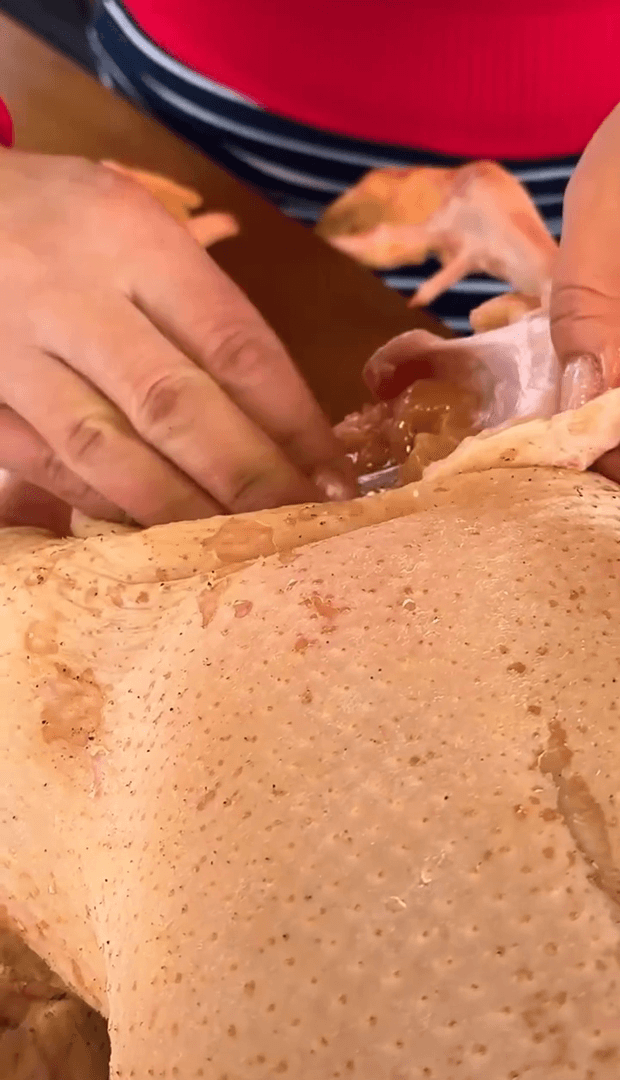
Roast Goose Stuffed with Pineapple in a Russian Oven. This is not the most traditional Russian recipe, but rather it belongs to the fusion style. But how beautifully she did it! Goose stuffed with pineapple, cooked in a Russian oven, is a dish that combines the traditions of Russian cuisine with exotic flavors. The Russian oven creates a unique cooking environment: even heat, tenderness, and juiciness of the meat. Here is the detailed recipe: Roast Pineapple Goose Ingredients: - Goose (whole) — 3–4 kg - Fresh pineapple — 1 (or canned) - Onion — 2–3 - Garlic — 4–5 cloves - Honey — 2–3 tbsp - Soy sauce — 3–4 tbsp - Salt, pepper, spices (rosemary, thyme, coriander) — to taste - Vegetable oil — 2 tbsp - Water or broth — for basting Roast Pineapple Goose cooking Instructions: 1. Prepare the goose: Rinse and dry the goose. Season inside and out with salt, pepper, garlic, and spices. 2. Prepare stuffing: Cut pineapple, apples, and onion into chunks. Mix together. 3. Stuff the goose: Fil
Post: 11 March 23:55
















































